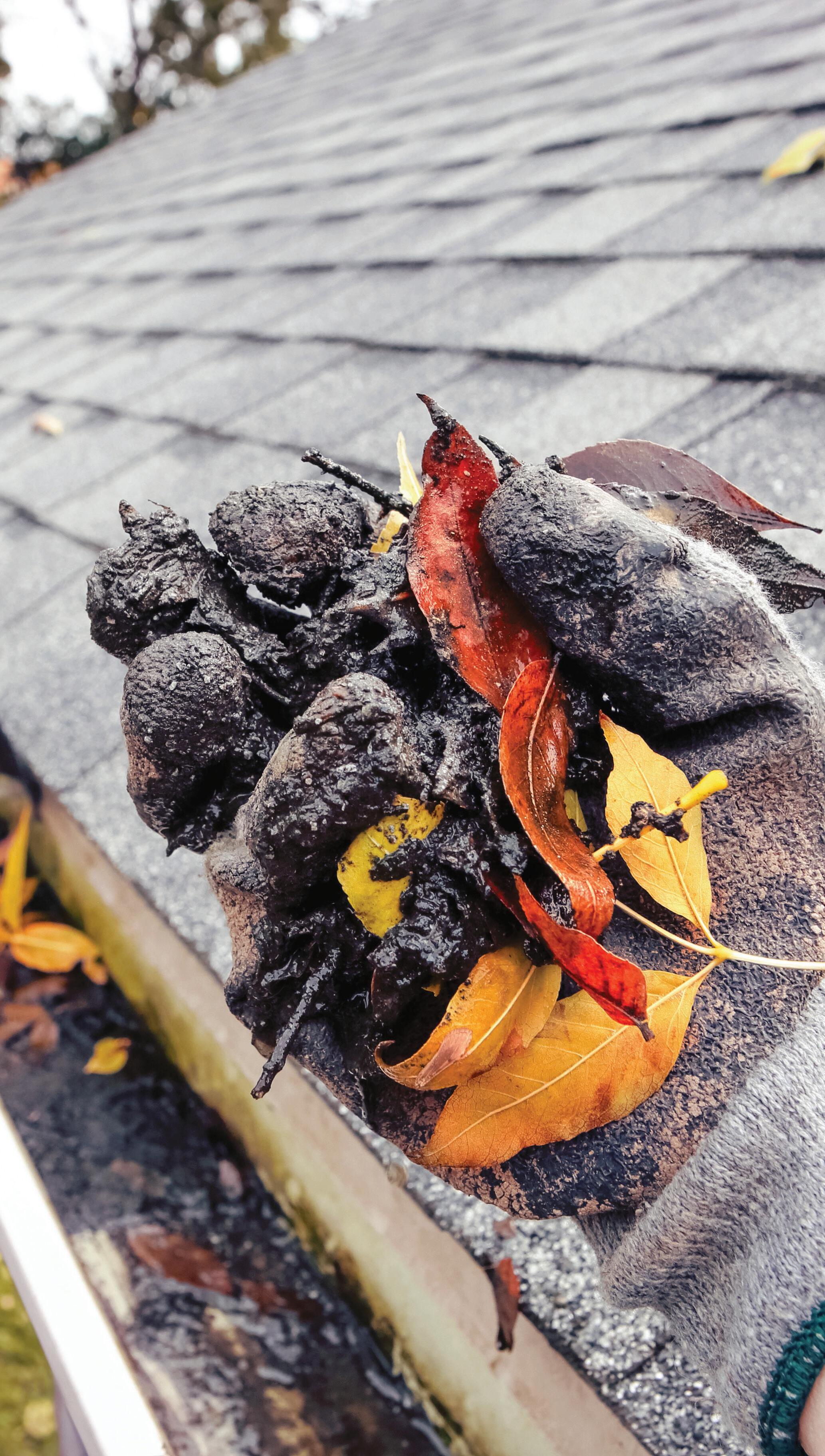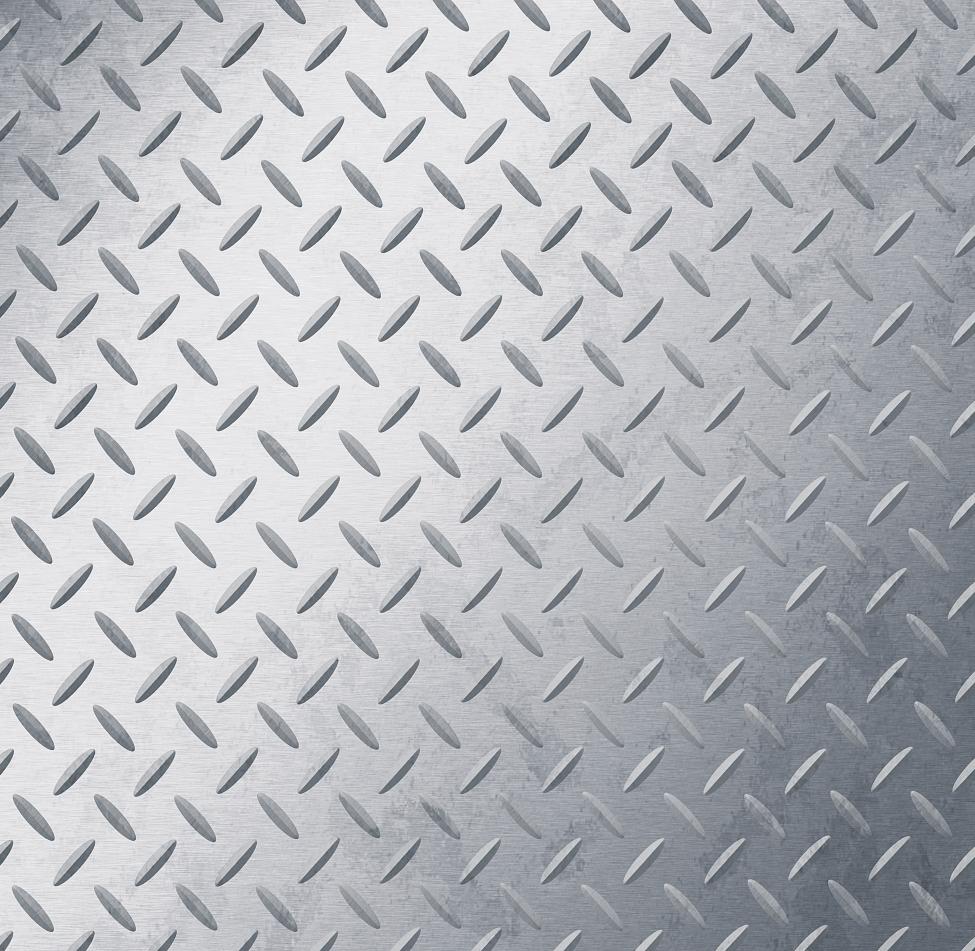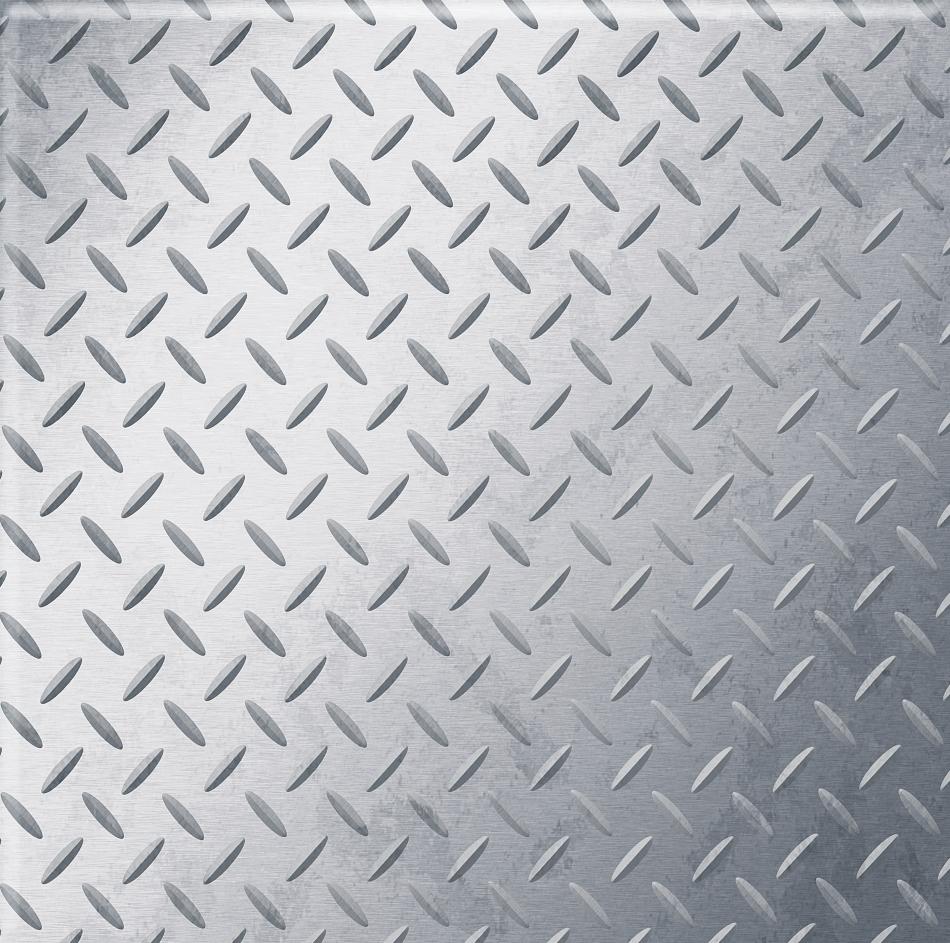












As the temperatures begin to drop, prepare your vehicle for looming seasonal changes. Winterizing your car safeguards your investment and ensures the safety of everyone, even in the worst snowy or icy conditions.
Cold weather is not kind to car batteries, as their chemical reactions slow down with dropping temperatures. If your car has been slow to start, or the battery is simply aging, you may need to replace it before cold weather sets in. Take advantage of the battery checks that many auto parts stores offer for free.
Another crucial aspect to focus on is your vehicle’s tires, since they play such a vital role in keeping everyone safe out on the road. The amount of tread remaining on your tires


significantly affects their performance, particularly during wintry months.
To easily determine proper tread depth, insert a penny into the grooves with President Abraham Lincoln’s head upside down and facing you. Examine the entire tire, ensuring that none of his head is visible. If you can see all of Lincoln’s head, it indicates dangerously low tread. You should immediately purchase new tires.
While inspecting the tread, check the air pressure in your tires. Refer to the tires themselves or the owner’s manual to determine the correct pressure for your vehicle. The best time to check is after the car has been stationary for at least 30 minutes.
Visibility can be limited when the weather turns cold. Ice and snow can do long-term damage to wiper blades. Take time in the fall to replace if
needed. As the fall and winter progress, keep an eye out for brittle or dry rubber on the wipers and streaks on the windshield. That’s a sign of trouble. At the same time, remember that vital fluids are needed to keep the windshield clear and the engine running smoothly in challenging conditions. Check fluids and refill before winter’s arrival.
Maintenance is essential for all-wheel drive or four-wheel drive systems, especially if they haven’t been used all summer. Refer to the owner’s manual for maintenance requirements. it involves measuring and ensuring everything fits and is leveled appropriately. Homeowners who choose to reface their cabinets themselves may opt to paint or restain. Wood veneer or a new door and drawer panel installation can be complicated and is best left to qualified contractors.


















































































































It gets far fewer mentions, but fall cleaning is every bit as important as the kind done each spring.
Summer is for outdoor activity, and that inevitably leads to tracked-in dirt, mud and sand. Opened windows invite dust and other airborne particulates. At the same time, the looming cold usually harkens to a more settled time, with more time spent indoors. That’s why it’s best to take advantage of the autumn months to get your home in its best shape for winter.
To begin your fall cleaning regimen, focus on decluttering your home and getting rid of
items that you no longer need. Sort belongings into categories including things to be stored, donated, recycled, repaired or disposed of. Take the opportunity to organize your storage space and maximize its efficiency. The easiest way to approach things is to follow the so-called “20-20 decluttering rule”: If you can replace any item for less than $20 in 20 minutes, it’s time to get rid of it.
Once things are downsized and organized, you’re ready to deep clean. Create a list of tasks that you would like to tackle, focusing on things that aren’t part of your regular cleaning routine.
Key areas to work on include carpets and baseboards, kitchen cabinets and walls. Set aside time to wash your windows inside and out, including the casings and sills. Move furniture and beds so you can better sweep or vacuum underneath.
Before it gets cold, replace filters and check your heating system to ensure everything is properly functioning. Schedule an appointment with a professional if concerns arise. Inspect and sweep chimneys if you have wood-burning fireplaces. Check all your batteries, especially those in carbon monoxide detectors, weather radios





and smoke detectors.
Clean gutters prevent water damage, a key concern during winter storms. If you inspect and repair them yourself,
follow recommended safety procedures including having a work partner. Clean and put away any outdoor furniture that won’t be in regular use. Drain and then store your garden
hoses. Check all weather stripping and caulking around windows and doors. Power wash any decking to prevent the growth of mildew and mold.


Vehicle breakdowns can be even more hazardous when they happen in harsh weather conditions.
That’s why it’s so crucial to take advantage of the weeks and months before winter to prepare a wideranging emergency plan just in case.
Make sure you have several essentials in the event of an unforeseen issue with your vehicle. Among the most important items that the National Safety Council recommends are jumper cables. They’re a musthave item since a dead battery usually occurs unexpectedly. Any battery
will lose its charge over time, but that can be especially true in cold weather. A good set of jumper cables could save the day.
Flat tires are another common issue that can happen without warning, and they’re a significant risk during the winter because of uneven and slippery roadways. Inspect your tires now and replace them if needed. Most vehicles come with a small emergency spare tire, but remember that it’s only suitable for short distances — typically 30 to 50 miles. These downsized versions are also usually speed-limited. So consider investing in an additional all-weather tire
in case of emergency.
Many drivers don’t keep basic first aid supplies on hand, but they are an essential element of emergency planning.
A well-stocked kit contains bandages, gauze, antibiotic ointment and tape, among other necessary items. If you were to be injured during a collision or while changing a tire, this kit becomes invaluable.
Keep rain boots and a poncho in the vehicle so you’re prepared to investigate a breakdown or change a tire when it’s rainy or snowing. Look for all-weather gear with reflective colors or purchase reflective tape
from a nearby auto parts store and apply it to your clothing.
Unfortunately, breakdowns don’t happen only during the daytime, so pack a flashlight and spare batteries for it in your emergency

kit. You’ll need better visibility while performing these tasks than any phone light can provide. Conserve your phone battery for as long as possible.
There may be an extended waiting period for
assistance, particularly in the most challenging conditions. So, include extra clothing, nonperishable snacks, a blanket and drinking water in your emergency kit.


Import & Domestic
• Night Drop Box • State-of-the-Art Facility
• Most Extended Warranties Honored
• 2yr/24,000 Mile Warranty
• Clean, Comfortable Waiting Area • Wi-Fi



We are only 1 of 3 shops in Michigan to win this award 2 years in row!






Pplanting with spring, but in many cases what you do during the autumn months is just as important.
Invest in the future of your garden right now to ensure a vibrant display of flowers as the weather warms. Take advantage of the cooler weather to prepare the soil for the season to come. You’ll be creating the perfect environment for a stunning array of blooms.




When selecting bulbs, be prepared for a wide variety of choices. All will offer their own unique colors, blooming times and shapes. Popular options for autumn planting include tulips, hyacinths, daffodils, snowdrops and crocuses. To create a visually appealing garden, consider the sunlight requirements,
each variety. To increase the chances of success, choose bulbs that are free of blemishes, firm and — perhaps most importantly — suitable for your specific climate zone.
Autumn is the ideal time to plant bulbs since this allows for the establishment of strong roots before the ground freezes. Aim to plant bulbs six to eight weeks before the typical freezing period in your particular area. The timing may vary depending on your climate zone, so it’s smart to consult with local gardening resources. Talk to experts at your local extension office or nearby nursery to determine the optimal planting window for your region.
Proper soil preparation is essential for promoting
and vibrant blooms. To create the best conditions, choose a well-drained location that receives ample sunlight. Clear the planting area of any rocks, weeds or debris. Loosen the soil and enrich it with organic matter or compost to bolster its fertility and overall health. This can help with drainage.
Different types of bulbs require different planting depths, so always follow the specific guidelines for each variety. As a general rule, bulbs should be planted at a depth that is two to three times their particular height. Encourage proper growth and air circulation by spacing bulbs according to the recommendations provided on the package. Consult with a local gardening expert if you’re unsure about this. For a more natural and visually appealing effect, consider planting in clusters.

Traditionally, the recommendation was to switch out your oil every 3,000 miles but due to advancements in automotive technology, this has now shifted to intervals of 5,000, 7,000, or sometimes 10,000 miles. So, refer to your owner’s manual for specific guidelines rather than relying on outdated information.
Checking your oil level regularly is a good practice, as your vehicle may require additional oil even if it is relatively new. Consult
cool down. Next, open the hood, locate the dipstick, remove it, wipe it clean and reinsert it fully, then remove it again. Look for markings on the dipstick indicating the optimal oil level. If the oil level falls within the designated range, your vehicle is in good condition. When the oil level is below the minimum mark, you’ll need to add more oil. The color of the oil should typically be gold or light brown. A lighter color could indicate a coolant leak, while the presence of metal particles may suggest
extreme temperatures or frequently take short trips, synthetic oil may be a smart option to consider.
But if you don’t drive under these conditions, and synthetics are not recommended by the vehicle manufacturer, it’s safe to avoid paying extra for these blends. Older vehicles that are functioning well don’t typically require a specialty oil. If you’re unsure and the owner’s manual doesn’t provide enough guidance, consult your local dealer.


Winter brings its own special stresses to a roof.
Extreme amounts of moisture, freezing and thawing cycles, and the weight of snow itself can put an unmanageable amount of stress on aging structures. That’s why fall is such a smart time to repair or perhaps even totally replace your roof, as recommended. Begin with a thorough inspection.
The American Society of Home Inspectors recommends getting a professional roof inspection twice a year. You can perform your own spot checks in the meantime. Look for any cracked or curling shingles on the outside,
while noting stains or damp areas in the attic. Address these issues before the coldest months since they may become more challenging and costly to fix in the wintertime.
During a professional inspection, experts will thoroughly examine your roof from the exterior and interior of your home. They’ll assess the condition of the shingles, paying close attention to any ice dams. The inspector will evaluate the overall state of the chimney, if you have one. Once inside, they’ll look for signs of moisture, mold and ventilation problems, while evaluating the insulation.
Conduct repairs in autumn to ensure the best outcomes. For instance,
treatments for moss and lichen may require up to 180 days to take full effect. Installing new shingles in cold temperatures can lead to failure. Finally, repairing icy roofs is extremely hazardous work, so issues identified too late may have to wait until spring before they can be properly resolved.
The inspector will draft a comprehensive report detailing any identified issues, their level of urgency, and a proposed course of action. If you live in a region with lots of winter precipitation, they’ll note that your roof may be susceptible to collapse due to the sheer weight of snow. Even a well-maintained roof can only withstand approximately 20 pounds of snow per square foot,



according to insurance experts. That’s why regular fall inspections are so crucial. In some instances, snow removal
may even be necessary during the winter season. Talk to an expert today to find out more. unsure about this. For a more
natural and visually appealing effect, consider planting in clusters.


Fall is the time to closely watch for looming problems with your vehicle, since they can become so much worse with colder weather.
In some cases, routine maintenance will uncover small problems before they become big ones – but it’s always smart to keep an eye out for common issues in between service visits. Here’s what to look for:
Vehicles now come standard with a variety of lights in the dashboard to provide warnings about issues throughout the system. The lights illuminate when a sensor in the engine control unit or computer detects an issue. Consult your owner’s manual to become familiar with what these lights indicate. If your car or truck is still under warranty, you’ll have to take it to the dealer so a licensed
employee can make repairs. Otherwise, find a trusted mechanic to get things back on track.
Poor fuel mileage is typically caused by worn-out or dirty components like filters or sensors. Problems within this system create a situation where more fuel is needed to run the engine at required speeds. To prevent or correct these issues, take your car or truck in for regular servicing and maintenance.
If your engine is sputtering, there is a problem with the vehicle’s complex system of ignition or fuel components. They work together to power your car or truck. Fixing this may be as simple as bringing in the vehicle for maintenance. Otherwise, component replacement may be required. Always
Dropping temps are one of the surest ways to discover insulation problems around the home.
Cold breezes begin slipping in under doors and around windows. You may find cold spots in your home, or notice a drastic change in your utility bills. These are signs that your insulation and weather stripping require inspection, repair or replacement:
follow the manufacturer’s recommendations.
There may be problems with your starter motor or the battery. A vehicle’s starter gets the engine going so that you can drive. Failure of this component is often due to damage to the starter motor, electrical solenoid or other electrical faults that may arise. See your dealer or trusted mechanic to make repairs.
More often, the issue is a dying or dead battery. Experts suggest replacing a vehicle’s battery every three years or 50,000 miles, whichever comes first. This is recommended whether the battery shows signs of slowing down or not, to avoid an unsuspected breakdown. Other potential culprits if your car or truck won’t start include a damaged battery temperature sensor or alternator.
Up to 10% of air leakage in a home happens in gaps around windows, according to air conditioning experts. Try applying window film to seal these gaps, simply by heating it with a hair dryer. If temporary fixes are unsuccessful, consider investing in new windows. Look for replacements with higher Energy Star ratings to reduce your monthly expenses.

For additional advice, consult a professional repair technician or staff at your local hardware store.
Some drafts may not be so easily noticed. To identify less obvious drafts, walk around doors and windows with a lit candle. Place the flame around the edges. If it flickers, that’s an indication of the presence of a draft. In some cases, you may need the assistance of a professional inspector to locate other hard-to-find areas where cold air is seeping in Inspectors will pay close attention to attic access points, insulation and fireplace dampers.
Depending on the size of the gaps, you may be able to use simple foam tape or weather stripping as a solution. Additionally, new sweeps can be installed to seal gaps between thresholds and the bottom of the
door. For smaller points of entry, weighted socks – sometimes called “door snakes” — can be used as a barrier. Some smaller leaks may be solved by using cost-effective caulking.
With winter weather setting in, fall is a smart time to assess your insulation needs. Ensure that the insulation has proper ventilation to the exterior of your home, including soffits, gable vents or ridges. Batt or blown-in insulation can impede the necessary dissipation of heat, posing a fire hazard. The typical insulation depth for most attics ranges from 10 to 14 inches, depending on the material used. Check to ensure that vents are clear to avoid any moisturerelated issues. Do not place new insulation over old insulation.


Drivers go to great lengths to ensure what’s under the hood of their vehicles is well taken care of. But it’s equally beneficial to tend to the exterior of a vehicle, including its paint job.
According to Popular Mechanics, oxidation can adversely affect ironbased metals. That can put vehicles in jeopardy and take significant time off their life expectancy. The good news is that rust and other issues that can affect a vehicle’s paint job and appearance are typically avoidable. That should be music to the ears of new vehicle owners, who likely need no reminder of the sizable financial investment required to drive off the lot with a fresh set of wheels. Drivers who want their cars and trucks to maintain their looks over the long haul can consider these simple strategies to protect their paint jobs.
· Make car washes part of your vehicle maintenance routine.
Seasoned drivers are undoubtedly familiar with the conventional wisdom surrounding oil change intervals, but those same motorists may not recognize the importance of routine car washes.

Over time, contaminants such as pollen, dust and pollution can settle on a vehicle’s exterior, potentially jeopardizing the paint job. Routine car washes can prevent such damage and help a car look like it was just driven off the lot.
· Wax the exterior of the vehicle. The automotive experts at Carfax® report that waxing is a significant and simple way to protect vehicle paint. Carfax® notes that certain paste waxes contain mild abrasives that help remove fine scratches from painted surfaces. Wax also can protect paint jobs from
fading related to exposure to ultraviolet rays. That’s especially noteworthy for drivers who do not routinely park their cars in a garage.
· Use a car cover. Car covers may or may not be practical for cars drivers use every day, but they are an effective way to protect a paint job from the elements. Drivers who have a spare car they rarely drive or even those who do not drive their primary vehicle a
lot each day can purchase a universal-fit car cover or a premium cover designed specifically for their vehicles. Car covers protect paint jobs from ultraviolet rays and the elements and may reduce the need for more frequent trips to the car wash.
· Park in the shade, but choose spots wisely. Parking in the shade may protect vehicles from the ultraviolet rays of the sun, but it’s important
that drivers pick the right shady spot to park their cars and trucks. A shade tree might seem like a great ally to vehicle owners, but if birds nest or rest in the tree, drivers could be exposing their cars to bird droppings. That’s no small threat, as bird droppings are high in uric acid, which quickly damage a vehicle’s exterior. Parking directly beneath a tree also might expose the paint job to sap or fallen leaves or berries, each of which
can adversely vehicle exteriors. If you plan to park in the shade to protect the paint job, ideally choose a spot that is not directly beneath the tree.
A well-maintained paint job can improve the appearance and life expectancy of a vehicle, which is something drivers should keep in mind as they hope to get the most out of their automotive investment.
Raking has long been part of our autumn rituals. But leaves actually play a vital role in maintaining the balance of the ecosystem around us.
Here’s why leaving those leaves alone is the best idea, with tips on how to use them instead.
Leaves serve as shelter for insects during the fall and winter seasons,

including butterflies and other pollinators that keep our flowers and food supply vibrant and strong. By leaving the leaves in flowerbeds and other areas away from the grass, you can provide a safe haven for these very beneficial insects. As they flourish, you’ll also be ensuring the health of green and growing things everywhere. Move leaves from grassy areas into beds and garden areas. They will serve
as insulation during the colder winter season. You can mulch it all to provide additional nourishment for your lawn.
Instead of simply removing leaves by raking or blowing them away, consider turning them into mulch to create a natural fertilizer. Most people simply run a lawnmower over them, breaking down leaves into smaller
pieces. That prevents your grass from dying in the dark. It allows leaves to more quickly decompose, enriching the soil with valuable nutrients.
Some lawnmowers come with a built-in mulch setting, or you can purchase a mulching kit to attach to the mower. They’re typically used on the highest setting of the mower, but follow suggested manufacturer guidelines when using these kits. In the case
of taller drifts of leaves, it may be necessary to make multiple passes. You can more evenly distribute mulched debris by raking it across the yard.
Leaves can suffocate your lawn, creating dead patches of grass.
Remember that the next time you have weeds. Cover them with leaves as an aid in eliminating weeds during the autumn and winter
months, while avoiding pesticides altogether. If you have large bare areas on your property, leaves or mulch can help prevent weeds from taking root.
Another option for dealing with leaves is to relocate them to a designated area in your yard for composting. If your accumulation of leaves is so large that it doesn’t decompose by spring, simply transfer it all to the compost bin.

